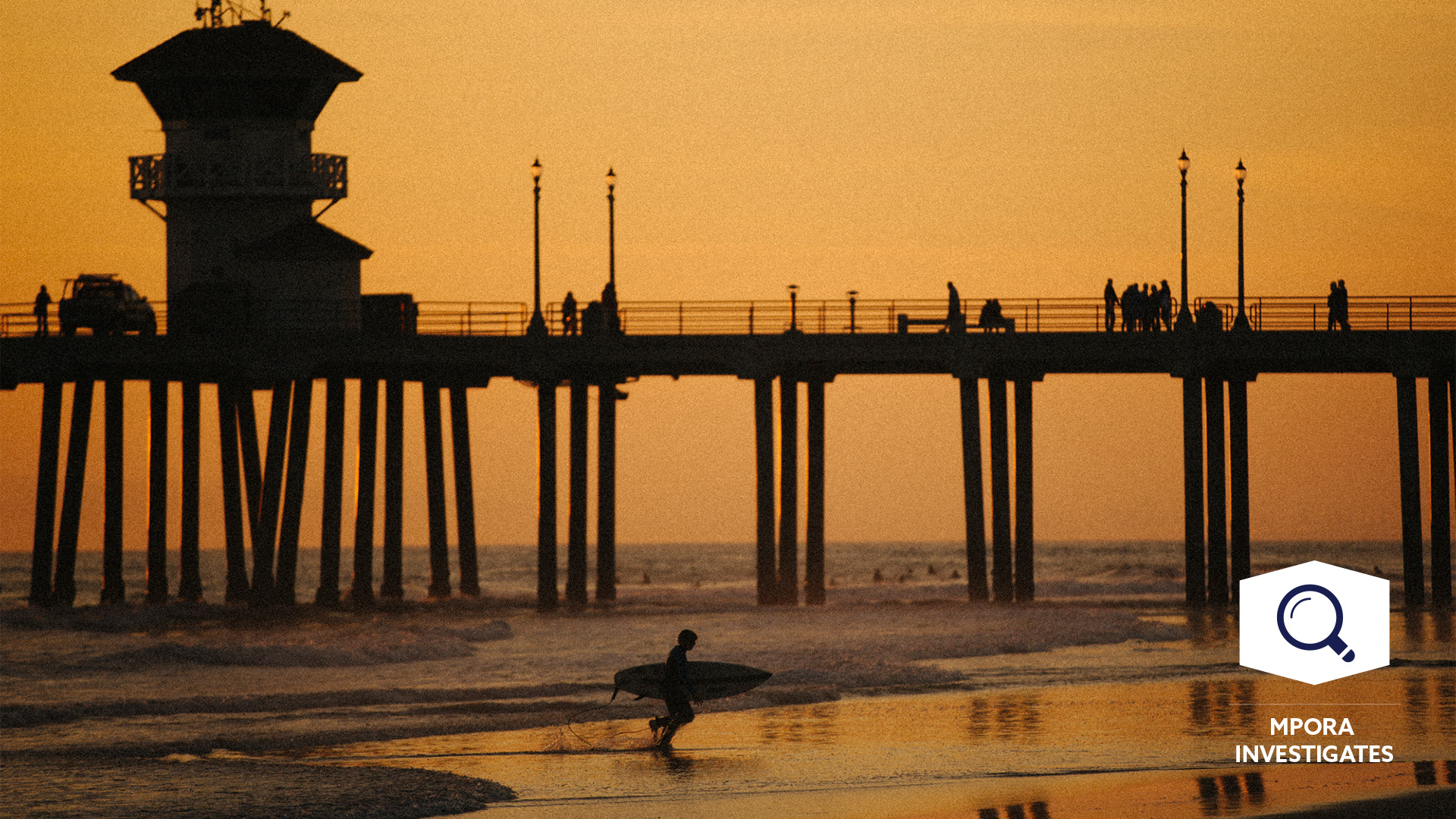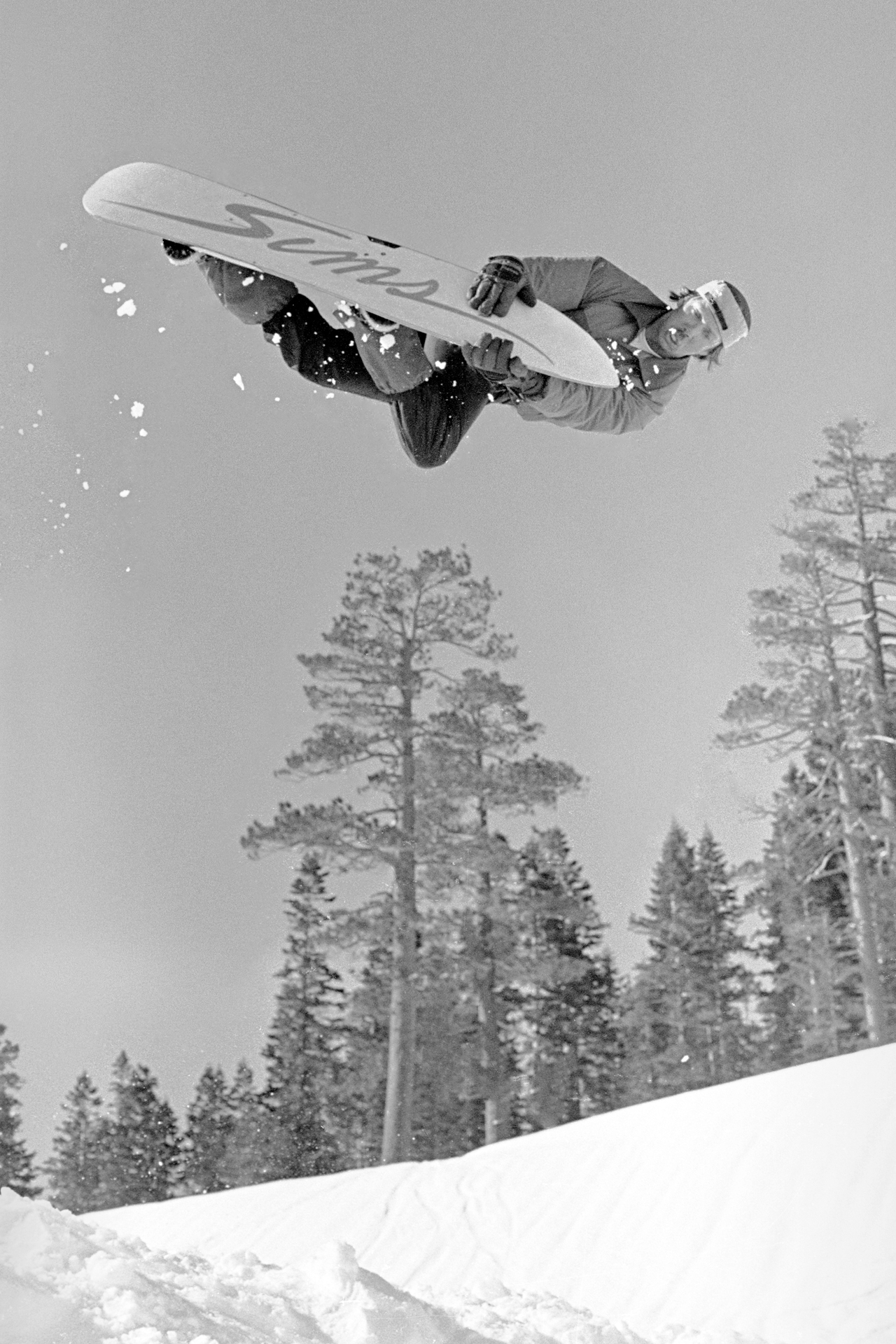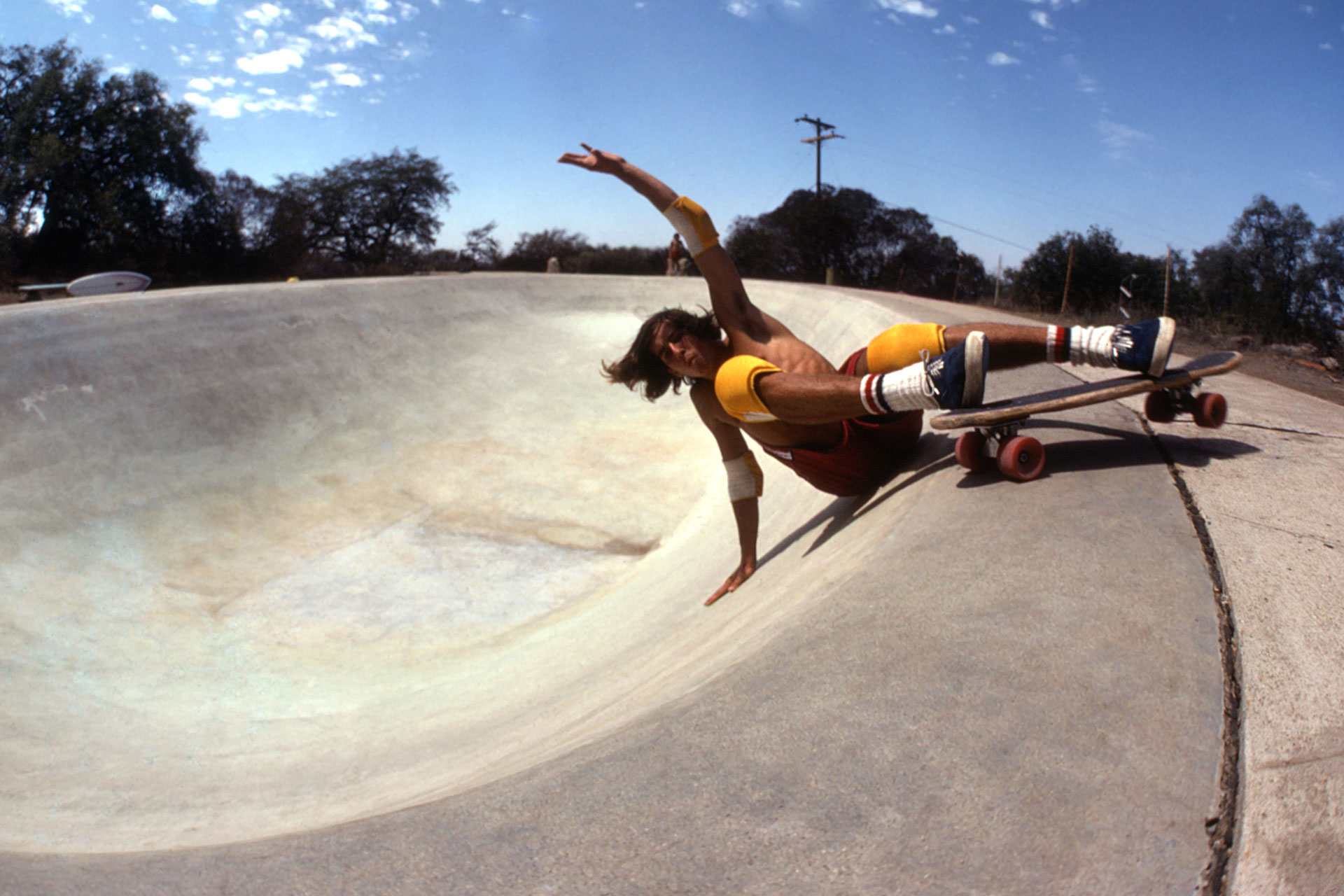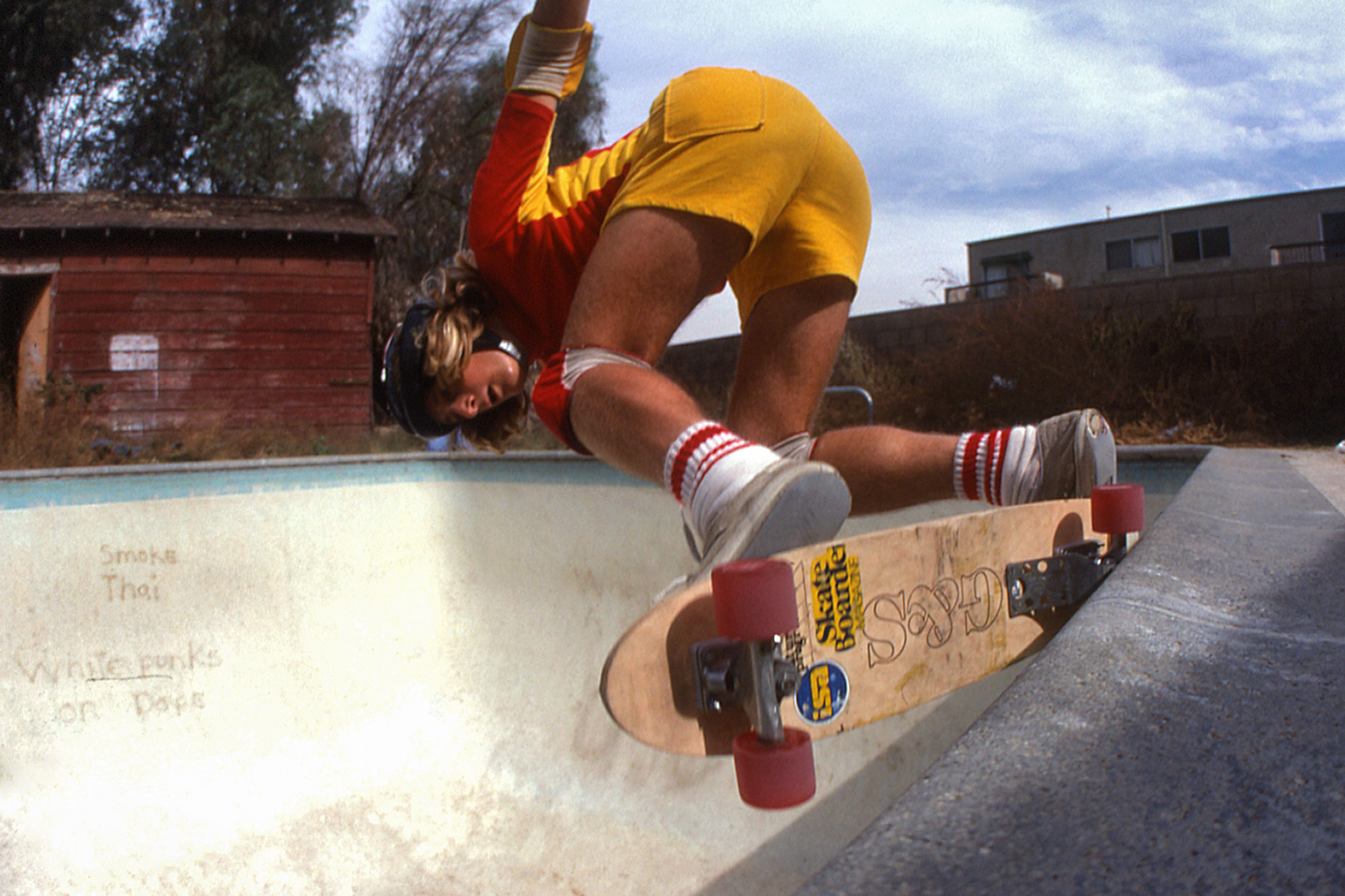Words by Tristan Kennedy | Lead photo by Dan Medhurst
“If you think about it, pretty much everything that made the twentieth century bearable was invented in a California garage.”
– The Sellout, Paul Beatty
The Donner Pass, which snakes its way over the high Sierras of Northern California, is not short of history – it’s named for an infamous incident in 1847, when a group of pioneers led by George Donner perished trying to make their way across these mountains. In a particularly grisly detail, the 48 survivors resorted to cannibalism to stay alive.
It’s history that’s brought me here exactly 170 years later too, albeit a different kind of history. Right now however, the same heavy snows which did for the area’s namesake are making it difficult to find.
“It’s right there, to the right of that parking lot,” says snowboard photographer Bud Fawcett, when I talk to him later, “but I would imagine it’s totally filled in this winter.” He’s not wrong. California is experiencing record snowfalls, and as I stand in the Donner Pass carpark, all I can see is a sheer wall of snow.
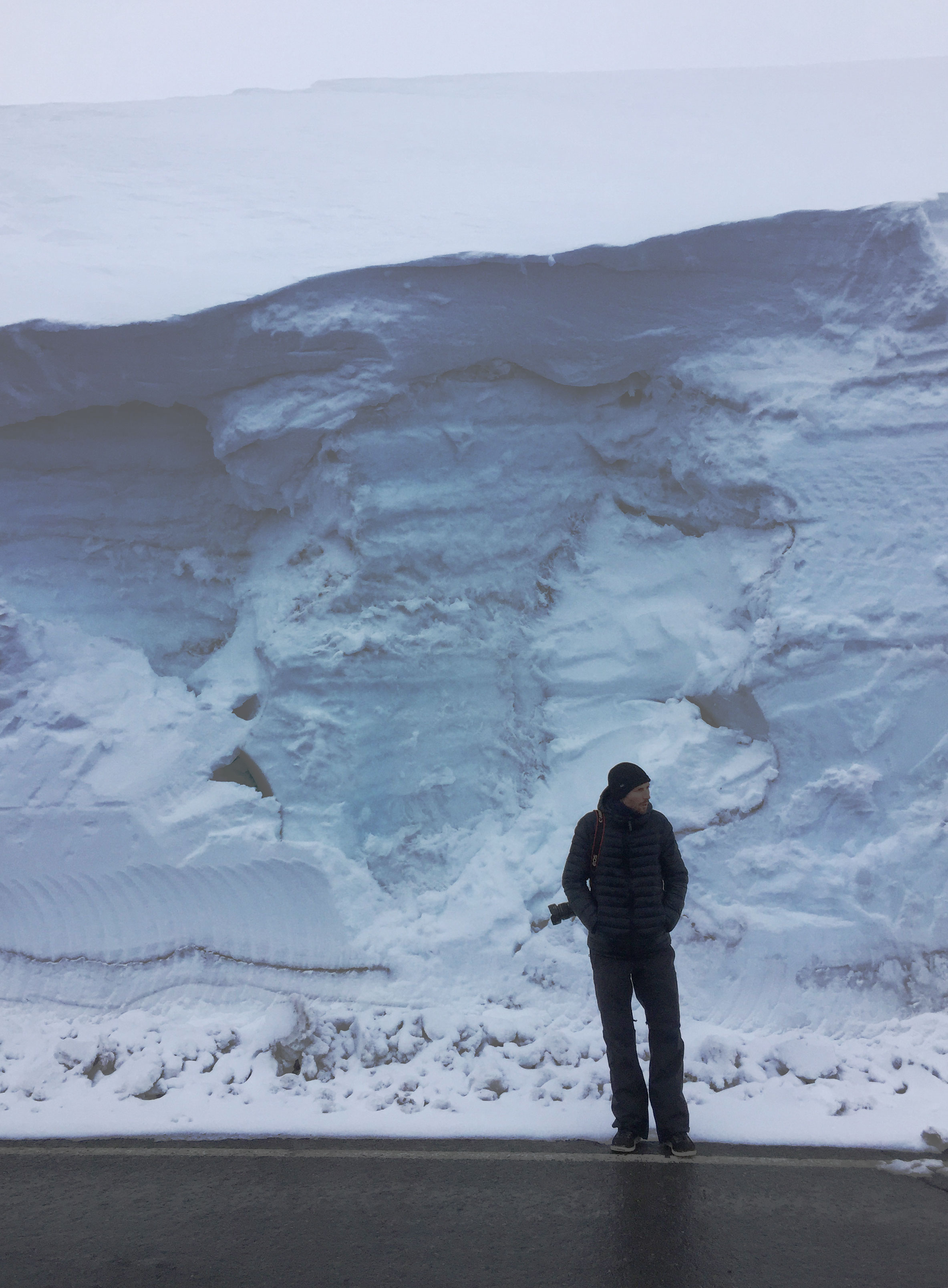
Somewhere underneath all that white stuff, however is the spot we’re looking for: The Donner quarterpipe. “It’s really just a ditch,” explains Bud. But it’s a ditch with a lot of significance. It was here in the winter of 1986, that Bud shot a photo (perhaps the photo) of Terry Kidwell, the man known as the “father of freestyle” – a photo that would shape the future direction of the then fledgling sport of snowboarding.
